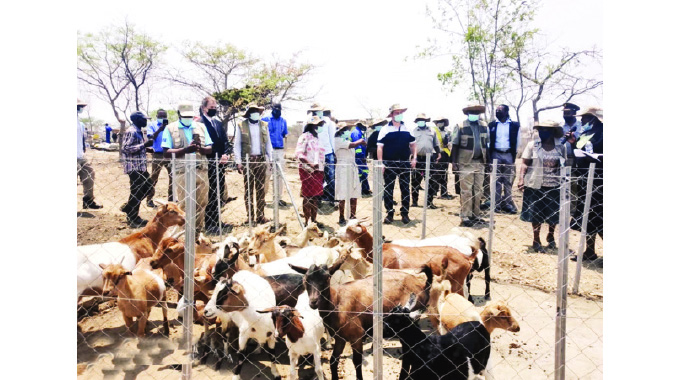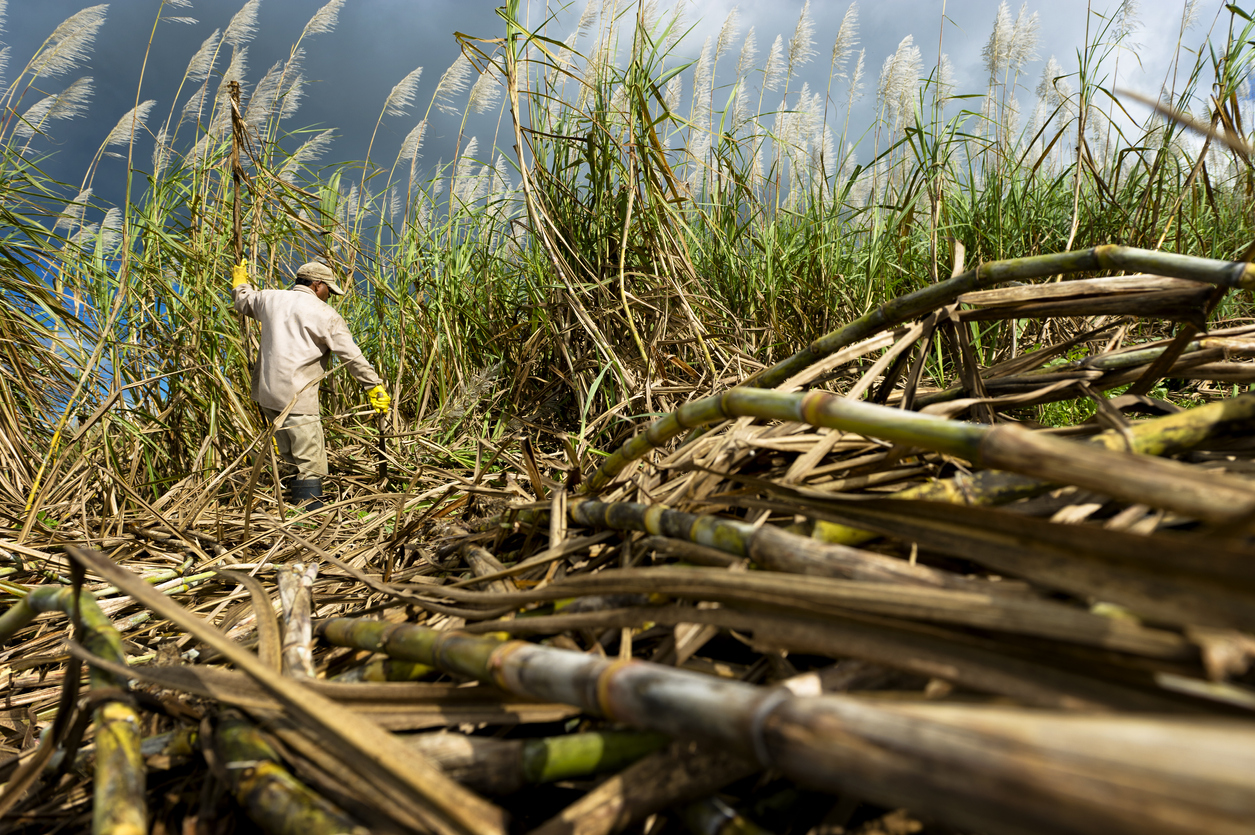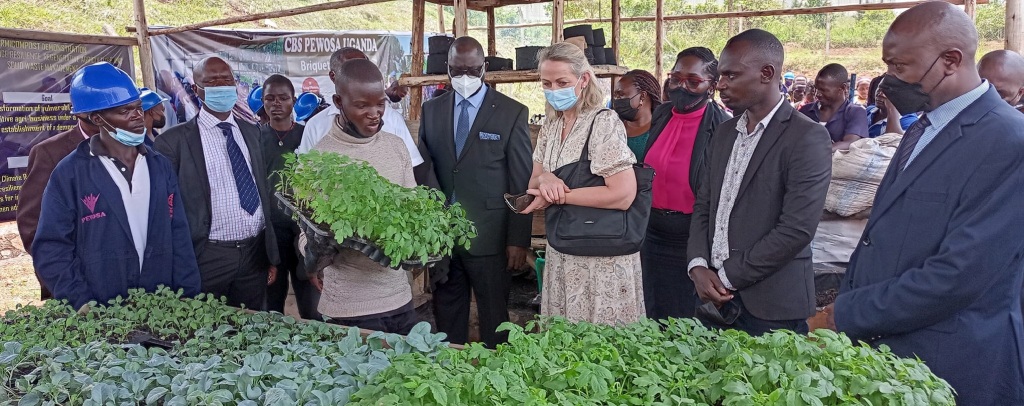Scientists in Uganda, under the goat improvement program at the National Livestock Resources Research Institute (NaLIRRI), have commenced the development of a faster-growing meat-goat breed. The initiative aims to enhance the productivity of indigenous goat breeds, known for their small body weights and slow growth. As part of the program, researchers are crossbreeding three indigenous goat breeds – Mubende, Kigezi, and Small East African goats – with South Africa’s Kalahari Red, known for its suitability in meat production.
Dr. Henry Mulindwa, the head of the goat improvement program at NaLIRRI, confirmed the crossbreeding efforts and mentioned that they are in the process of acclimatizing Kalahari goats, which were imported from South Africa, to the Ugandan environment. The goal is to generate breeding males and establish a sustainable breed that combines the favorable traits of the indigenous goats and the Kalahari breed.
The Mubende goat, originating from Kabale and Bundibugyo districts of Uganda, is known for its high-quality meat and leather. The Kigezi goat, found mainly in southwestern Uganda, is recognized for its black color and long hair, with a focus on milk production. The Kalahari Red, which grows relatively faster, serves as a valuable addition to the crossbreeding program.
Dr. Mulindwa highlighted the importance of the initiative, aiming to reduce the time it takes for goats to reach optimal weights. The crossbreeding program aims to create a stabilized breed that incorporates the desired traits from each participating breed, ultimately benefiting Ugandan farmers.
While goat genetic resources play a crucial role in contributing to food security, nutrition, and income generation, smallholder farmers in Uganda face challenges in accessing improved varieties. The ambitious goat improvement initiative at NaLIRRI seeks to address these challenges by developing a sustainable breeding pipeline for meat production. The program involves assembling pure lines of each breed, collecting performance data, and generating crosses within one to two years, with the long-term goal of developing a new stabilized breed.
The initiative is expected to offer a solution to challenges faced by farmers, including the high cost of importing bucks and stringent cross-border livestock protocols. Additionally, a modern goat research facility is being constructed at NaLIRRI to facilitate systematic breeding and research activities.




















